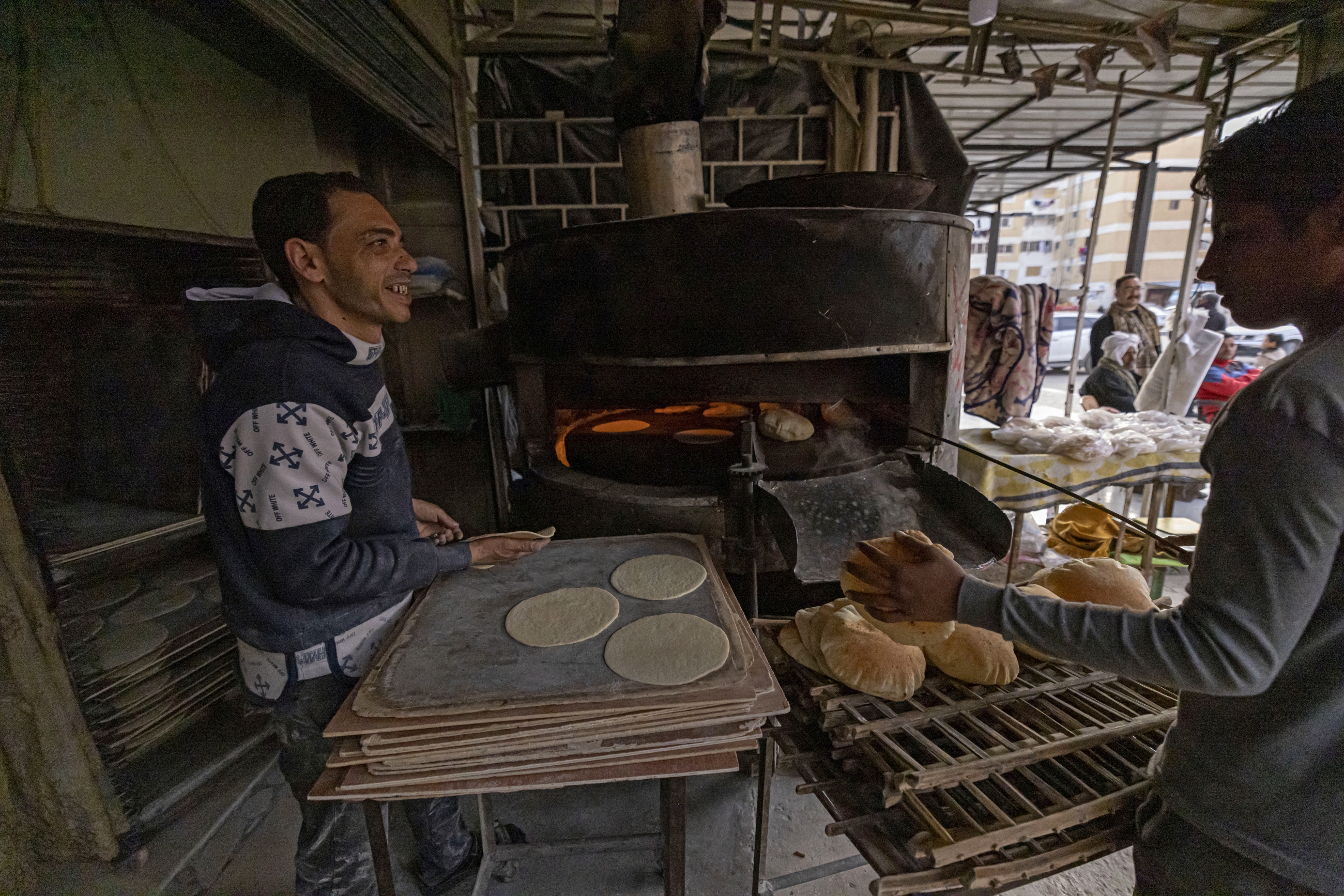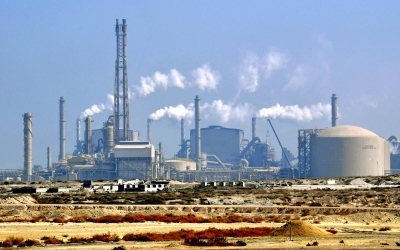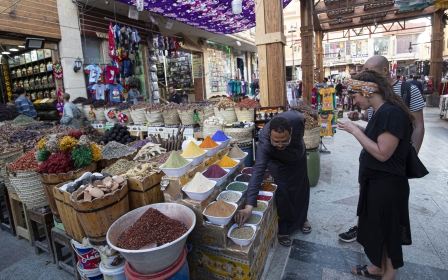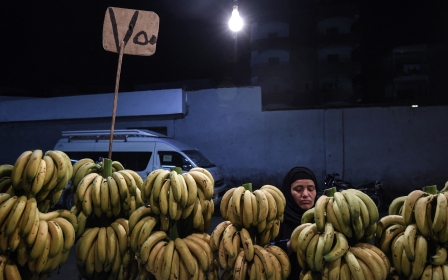Ukraine war has 'multiplied risks' for Middle East's poorer countries, says World Bank

The war in Ukraine is likely to exacerbate global inflationary pressures that have driven food and energy prices higher, putting greater pressure on poorer countries in the Middle East and North Africa, the World Bank said on Thursday.
In its April 2022 report, the Bank said the war had "multiplied risks" for poor households. Russia and Ukraine are major exporters of grain to the region. Between them, they account for 80 percent of Egypt's wheat imports, and more than 90 percent of Lebanon's imported grain.
"It is widely accepted that rising food prices, especially wheat prices, are likely to raise inflationary pressures and increase food insecurity in MENA countries," the Bank said.
'If you take away the oil exporter countries, growth is dismal'
- Ferid Belhaj, World Bank MENA vice-president
The pain caused by the price surge will be felt more in countries unable to rely on higher oil prices to cushion the blow, such as Egypt and Lebanon, and will fall on poorer households that spend a larger share of their income on food and energy.
"Rising food prices may have far-reaching effects beyond increasing food insecurity," said the report, adding: "Historically in MENA, increases in bread prices have... contributed to increased social unrest and conflict.
New MEE newsletter: Jerusalem Dispatch
Sign up to get the latest insights and analysis on Israel-Palestine, alongside Turkey Unpacked and other MEE newsletters
"This link between food prices, conflict and low growth poses a serious concern for the humanitarian crisis in fragile, conflict and violence-affected states in MENA," it said.
'Uneven and uncertain'
The report said that economic growth in the Middle East is likely to diverge between oil exporting states benefiting from higher prices and net food and energy importers stung by surging commodity prices.
The Bank forecasts GDP in the region will rise 5.2 percent this year - the fastest rate since 2016 - after an estimated 3.3 percent expansion last year and a 3.1 percent contraction in 2020, while warning that growth prospects were "uneven and uncertain".
"Forecasts for 2022 remain fluid due to uncertainty caused by the pandemic, the tightening of global monetary policy, and the Ukraine war," the Bank said in its April 2022 report.
The Gulf Cooperation Council (GCC) states - Saudi Arabia, Kuwait, Bahrain, Qatar, the UAE and Oman - are expected to see growth of 5.8 percent this year on the back of a windfall in oil revenue and higher vaccination rates. Developing oil exporters such as Algeria and Iraq are also set to benefit from an increase in energy prices and oil output.
Yet, the Bank warned that it would still take GCC states until 2023 to lift living standards back to pre-pandemic levels, as measured by GDP per capita.
Oil importers will fare worse, and are expected to expand by a much lower 4.0 percent, the report said, as it warned that 11 out of 17 MENA economies may not recover to pre-pandemic levels by the end of this year.
Speaking at the Middle East Institute on Thursday, Ferid Belhaj, the World Bank's MENA vice-president, cautioned against lumping all states in the region into one basket.
"If you take away the oil exporter countries, growth is dismal," he said. "Overall, things are not fine."
Middle East Eye delivers independent and unrivalled coverage and analysis of the Middle East, North Africa and beyond. To learn more about republishing this content and the associated fees, please fill out this form. More about MEE can be found here.





